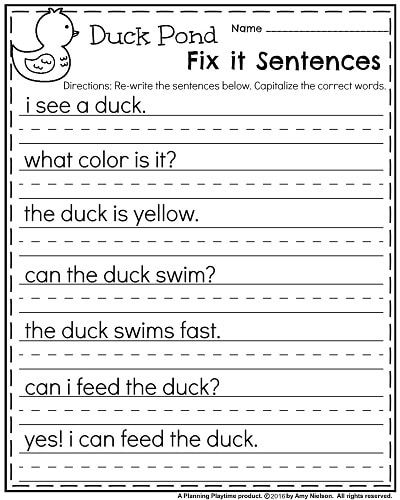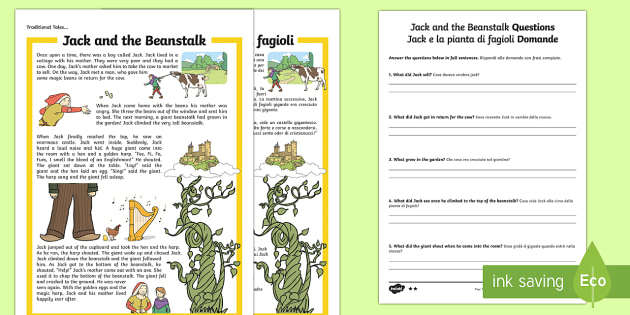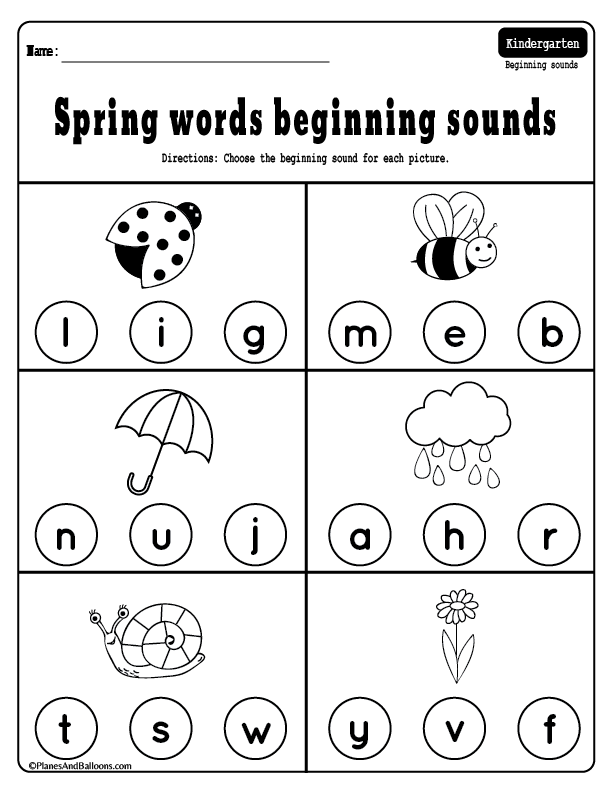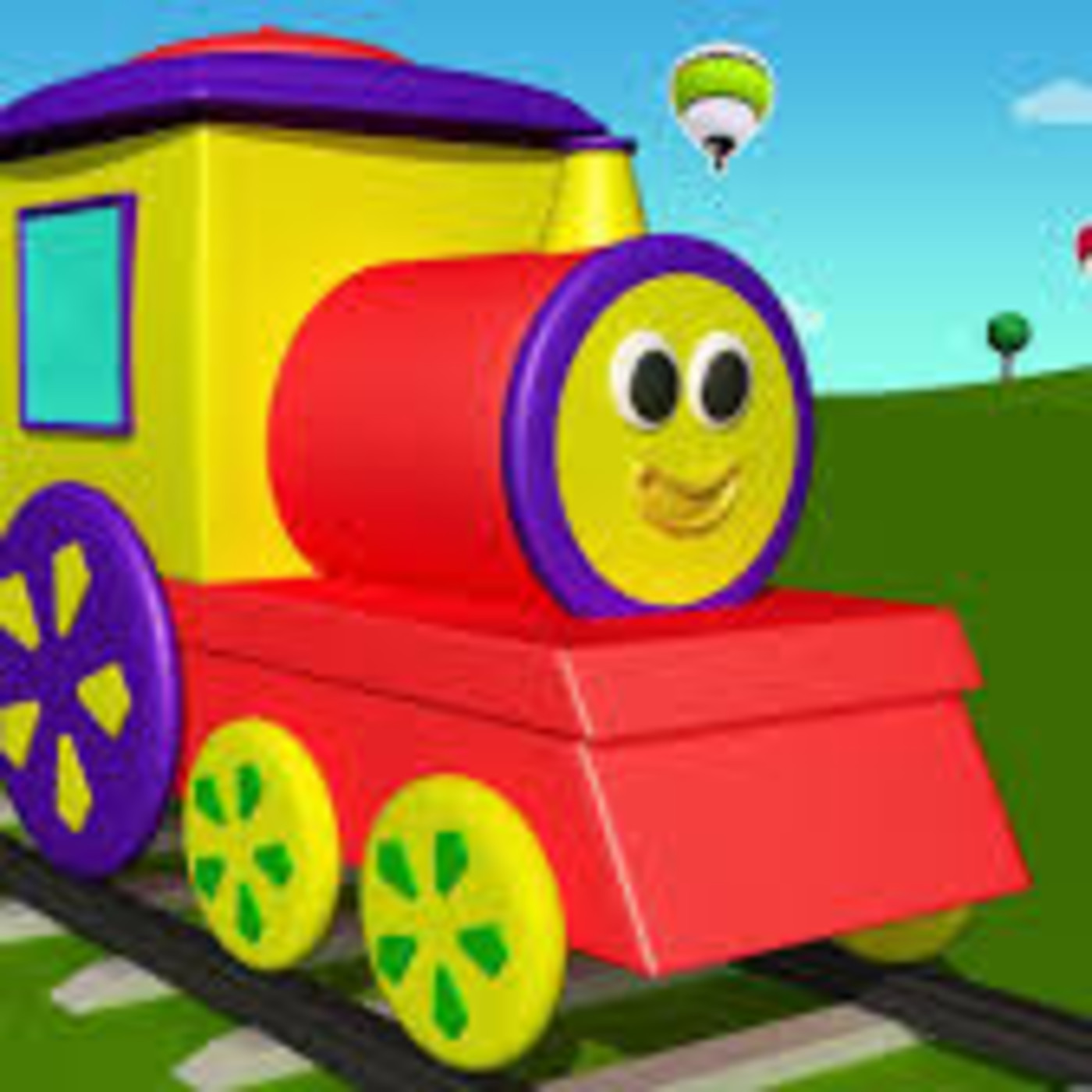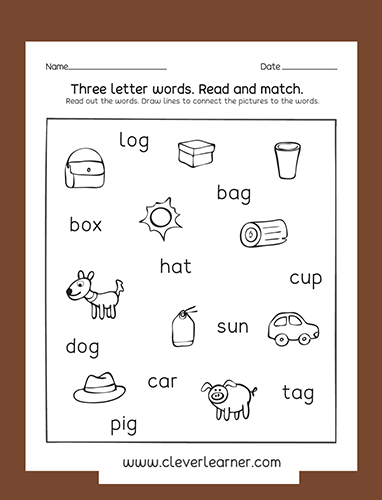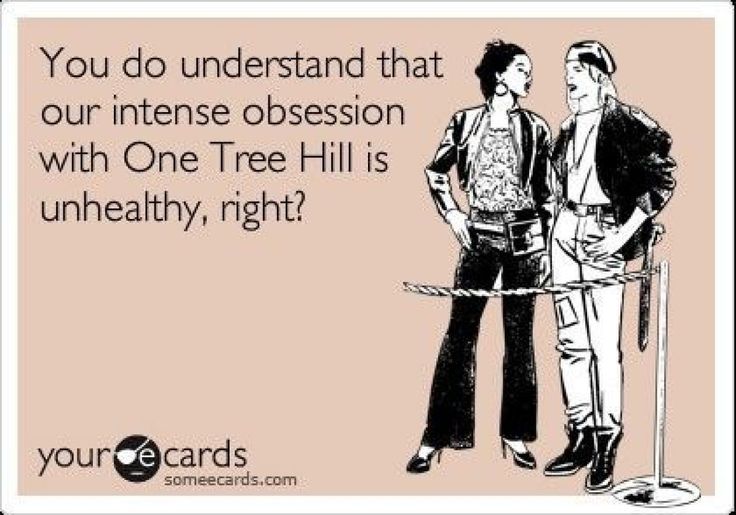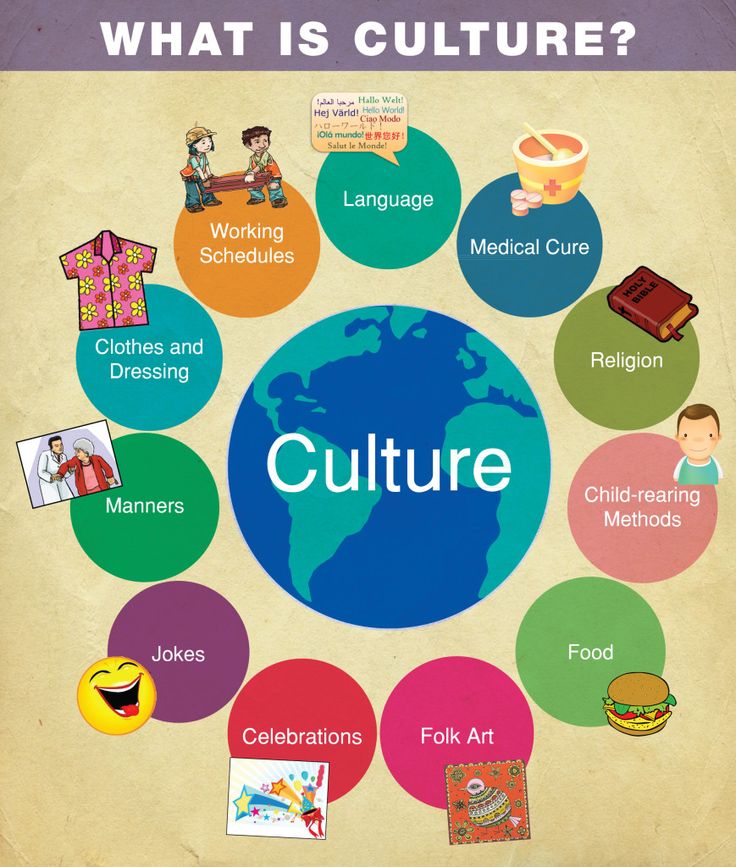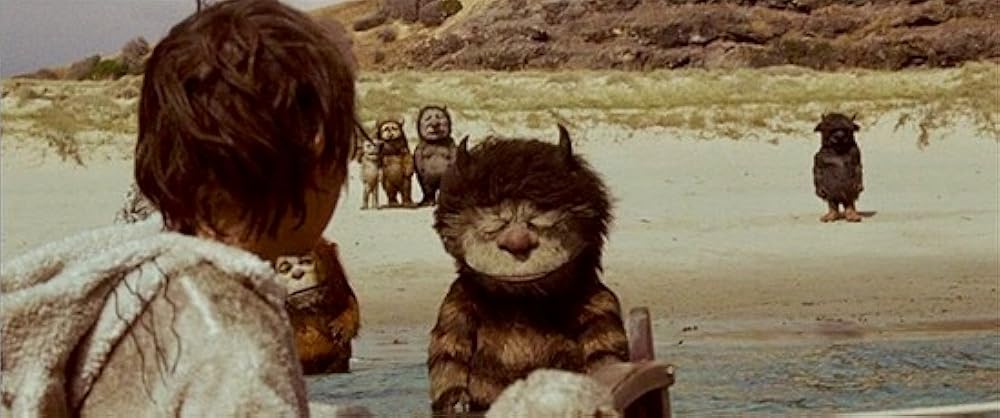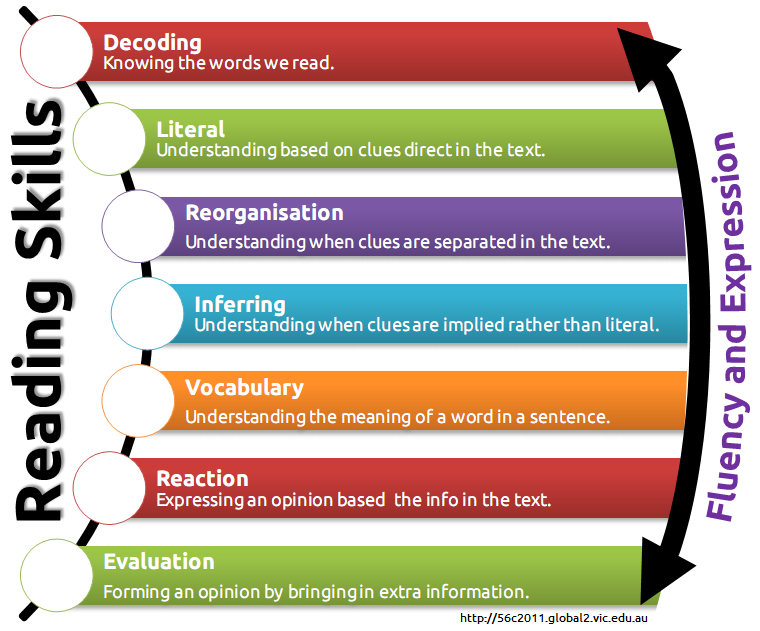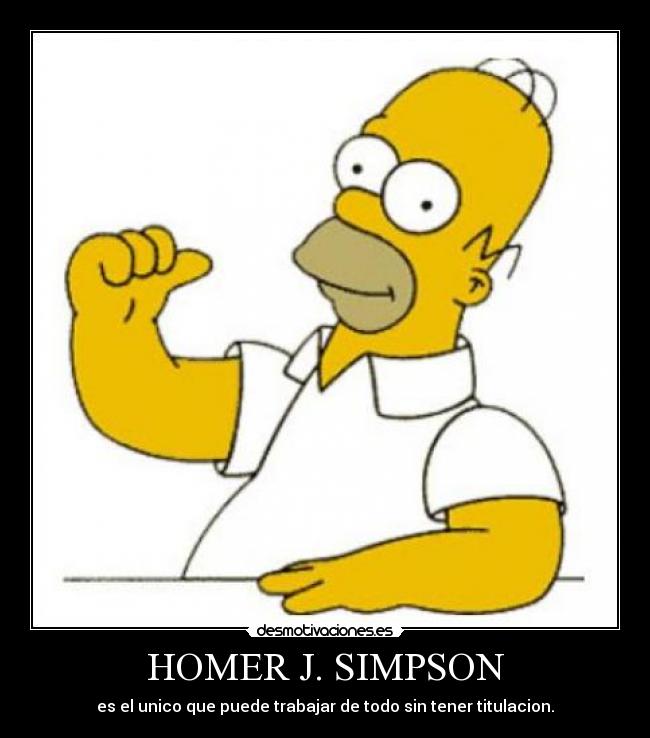Sentences for toddlers
How To Make The Most Of Simple Sentences For Kids
When a child finally learns how to construct their own simple sentences, for kids (and parents!), it’s a really special moment.
Word combinations such as “knee sore” turn into, “Mommy, my knee is sore.” Or “now juice” develops into, “Can I have some juice?”
There’s no denying the importance of sentences — they help us better express our thoughts and feelings. So the only question now is: How can you help your child start constructing their own sentences so that they, too, can communicate better?
Two words: simple sentences.
When Do Kids Start Forming Sentences?
Children start forming sentences once they know a few words. But language development is quite a journey!
Somewhere between 18 and 24 months, a toddler will begin constructing two-word “sentences,” like “want milk” or “no sleep.” At this stage, they are linking two or more words together to express an idea. This is the first step and a big milestone.
By four years old (sometimes earlier), most children are speaking in complete sentences. But that doesn’t mean they’ve reached the end of their sentence journey.
While your child may be speaking in complete sentences, finding playful ways to expose four and five year olds to sophisticated aspects of sentences while being kid appropriate is beneficial. This will help them continue developing their language skills.
One of the best ways to do so is to encourage children to speak in complex sentences to express their ideas. How? This can be achieved by simply resisting the temptation to simplify our own speech.
Remember that children are learning sponges! They will naturally pick up on the language habits you expose them to. So, continue speaking in complex sentences while in their presence. It’s not a bad thing if your child asks, “What does that mean?”
Of course, simple sentences come first.
What Makes A Simple Sentence?
A simple sentence is the most basic form of a sentence.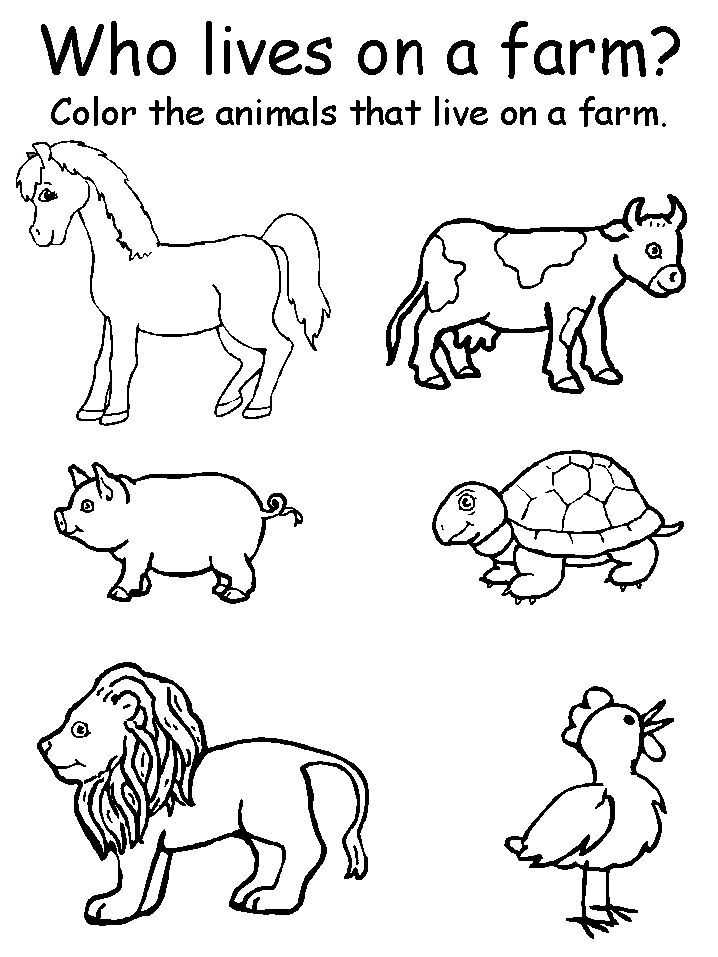 It contains only one independent clause — a group of words that forms a complete thought and is made up of a subject and predicate (which includes a verb and expresses what is said about the subject).
It contains only one independent clause — a group of words that forms a complete thought and is made up of a subject and predicate (which includes a verb and expresses what is said about the subject).
For example, in the simple sentence, Thomas kicks the ball, “Thomas” is the simple subject and “kicks the ball” is the predicate, with “kicks” being the verb, or simple predicate.
Simple sentences for kids are mostly short, but they can also be long. The length of the sentence isn’t the focus. What’s important is that the basic elements (subject and predicate) are always present.
When we communicate in our everyday lives, there’s usually a good mixture of both simple and more complex sentences without us even thinking about it. In order to help our kids reach this effortless communication stage, we need to help them understand the basics.
The good thing about the English language (and every other language, actually!) is that once you understand the basics, moving on to complicated structures is easier.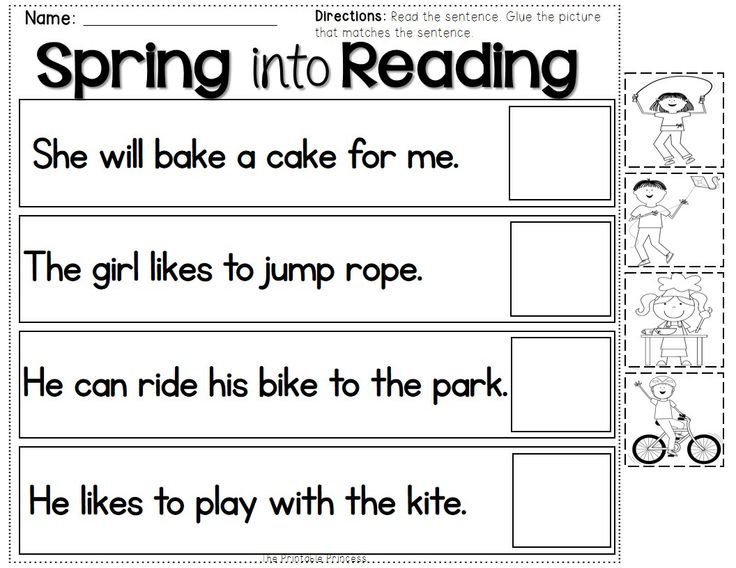
Simple Sentences For Kids To Act Out
One of the best ways for children to learn is through acting things out. If you have an active young child who enjoys moving around, why not use their energy to encourage some learning?
Here are some simple sentences for kids they will have fun acting out.
- He reads a book.
- The dog barks.
- The cat sits on the mat.
- I hop on one foot.
- The pig gobbles his food.
- The rooster crows.
With these sentences for kids, your child will have a blast while naturally learning what makes up a sentence!
Other Ways To Practice Sentences For Kids
1) Use Pictures
We recommend having your child use pictures to make up stories. You can even record the stories and listen to them for a little added fun!
If your child wants to write their ideas, too, that’s great! But don’t worry about standard spelling; much more important is the creative effort involved in thinking of a great story composed of interesting sentences of their own creation.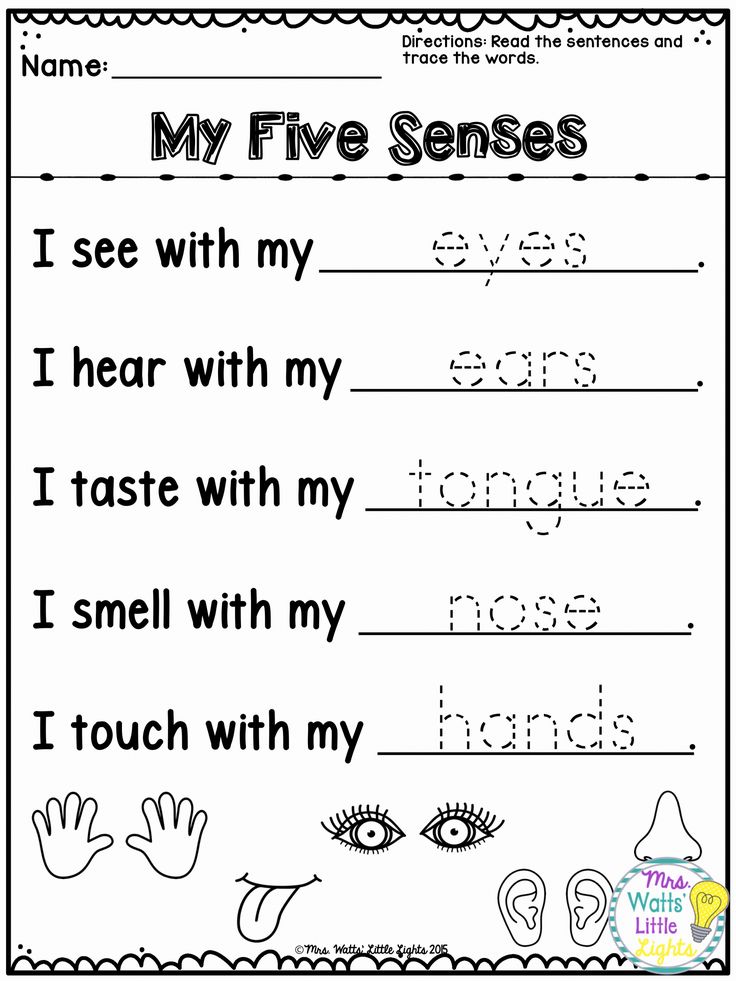
You can use pictures of animals, nature, sports, or even family photos. Then encourage your child to share whatever comes to their mind after having a look at these images.
During the first session, your child may need a few verbal prompts to help them get started. Simple questions like, “What’s happening in the picture?” or “What does this image remind you of?” can help to get their creativity flowing.
If you have multiple children, you can allow them to share what they came up with about the same image. As individuals, they will most likely think of different sentences, so this is a great opportunity to emphasize how everyone has unique ideas.
We encourage you to allow your children creative freedom here. The idea is to place an image in front of them and let them create anything they feel like creating.
2) Play Sentence Games
If you’ve been following our blog for a while, you’ll know one thing for sure — the HOMER team loves a good game! Games are not only fun, but they’re also great ways to help children remember fundamental learning concepts.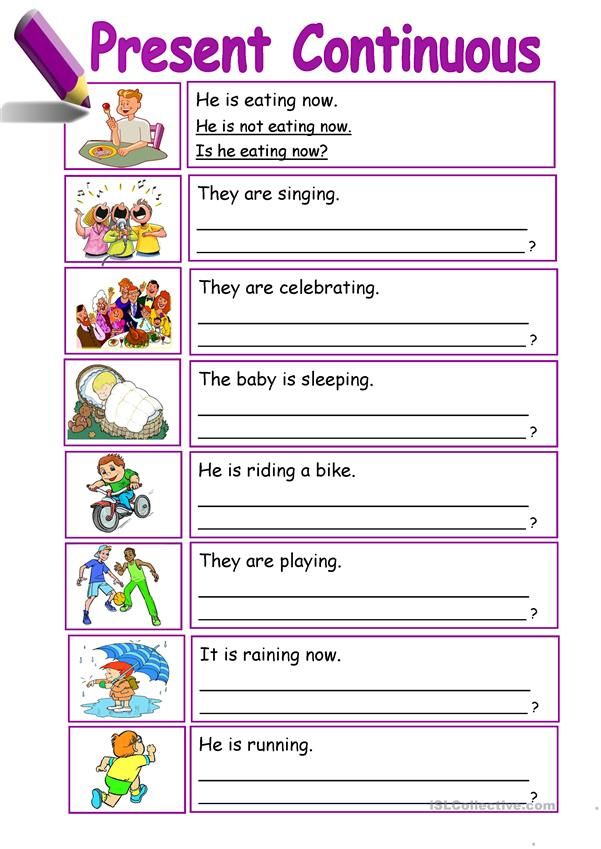
One of our favorite sentence games is Sentence Mix & Match.
What You’ll Need:
- Several index cards
- Markers to write with
What To Do:
- Write interesting subjects on half of the index cards (Ideally, these are things that your child likes. For example: dinosaurs, ice cream, different shapes, colors, etc.).
- On the other half, write predicates or sentence endings that make sense with your individual subjects.
- After writing, place the cards so that they make realistic sentences.
- Then, turn all the cards over and shuffle them. At this point, you want to ensure that you separate sentence beginnings and endings.
- After the shuffle, turn your cards over and discover what silly sentences you get.
- Remember to begin the subject cards with capital letters and sentence-endings cards with a period.
This is a fun activity to help children see that sentences are not always set in stone. They will also quickly learn that the meaning of a sentence can change when words get moved around.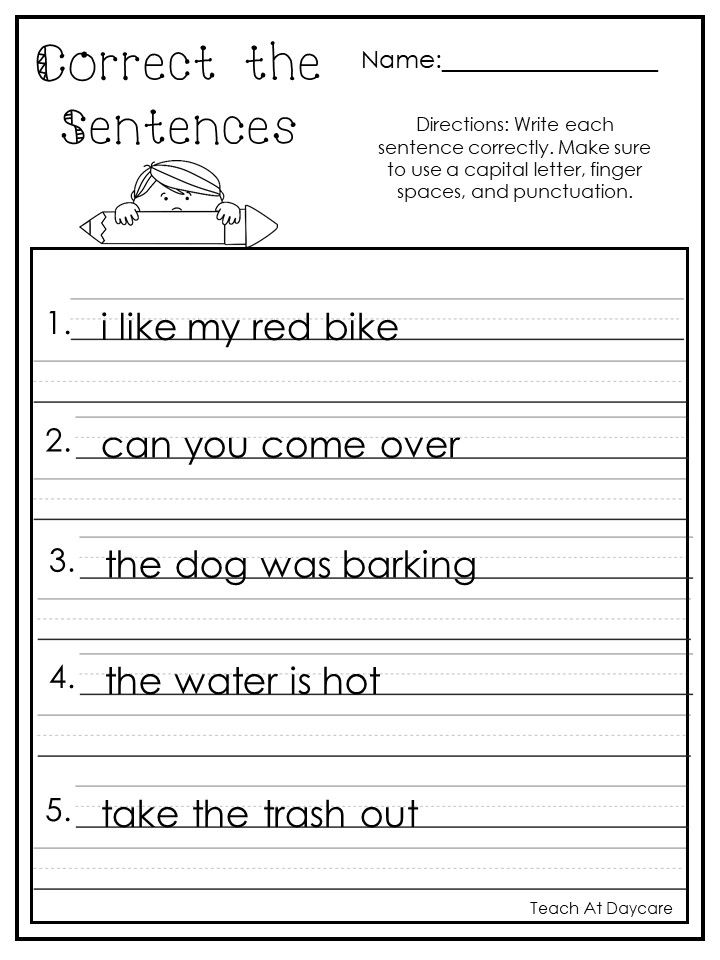
3) Play With Types Of Sentences
Sentence Mix & Match is not the only way to help children learn sentences for kids while also having fun. Another activity we’re huge fans of is playing with types of sentences. Specifically — statements, questions, and exclamations.
To get started, pick any simple sentence that your child will already be familiar with (e.g., “I like playing outside.”).
Next, encourage your child to say this same sentence as a statement, a question, and then an exclamation.
Similar to Sentence Mix & Match, this game helps children understand that minor tweaks can change the meaning of a sentence.
Children will come across punctuation marks during reading time, but they may not always understand the significance of each. This game will help your child learn how periods, question marks, and exclamation points affect a sentence.
5) Make A Switch
The subject and predicate for each simple sentence have a specific function.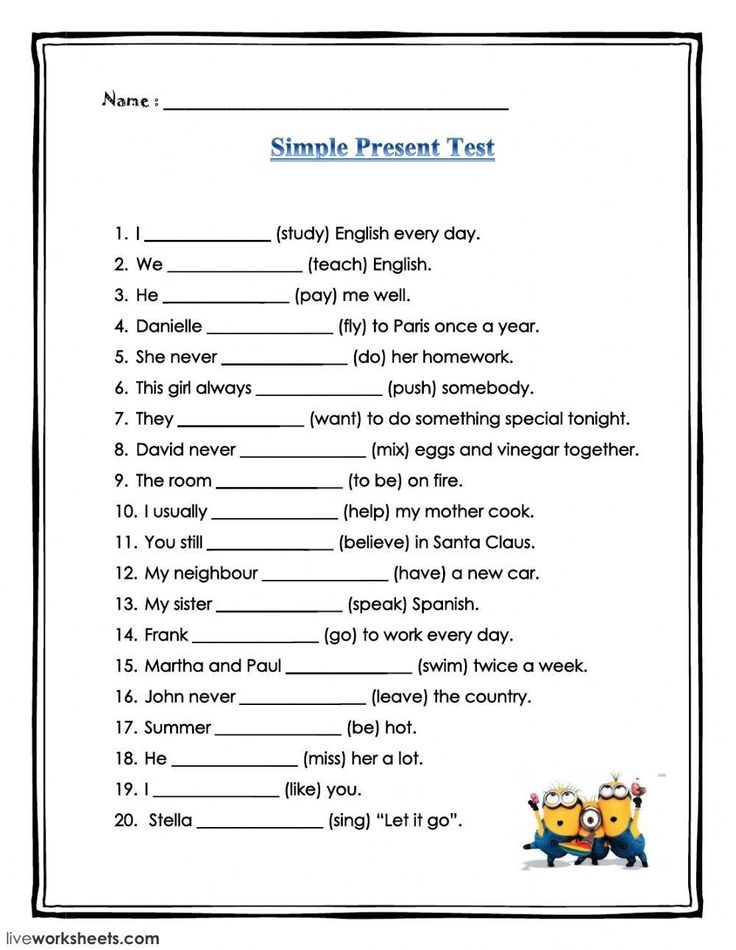 For children to use these correctly, they will need to understand what their roles are.
For children to use these correctly, they will need to understand what their roles are.
When kids start speaking as babies and then toddlers, they often repeat words, phrases, or the simple sentences they’ve heard from you, your partner, siblings, or other people around them.
At this stage, they haven’t fully grasped the functions of subjects and predicates. If we want to help our children develop their own sentences, we will need to help them understand the roles of these sentence parts.
A creative game they (and you!) will enjoy involves switching the subjects and predicates of a sentence.
Start with a simple three-word sentence, like, “A cat played.” Then take turns changing either the subject or the predicate of the sentence.
This may look something like this:
- A cat jumped
- A dog jumped
- A dog growled
- A gerbil growled
- A gerbil scampered
Once your young learner is confident switching three-word sentences, move on to four words, five words, and so forth.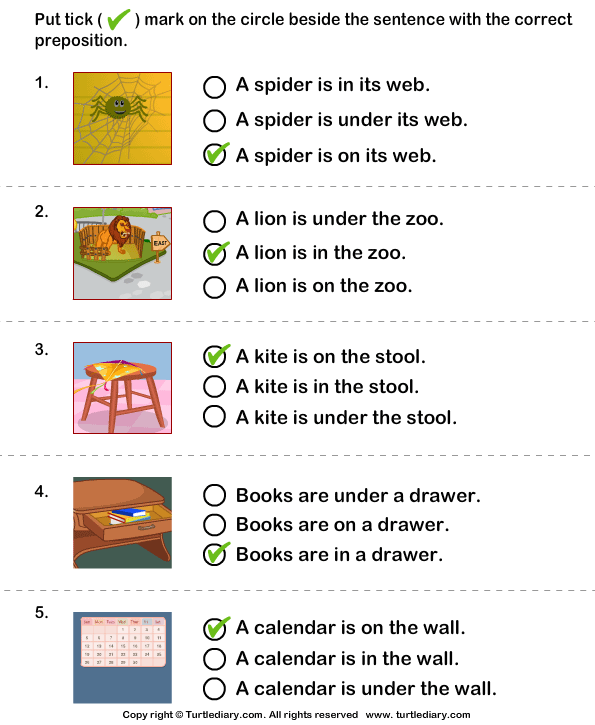
Through this fun activity, your child will start understanding the roles of predicates and subjects in sentences.
Simple Sentences For The Win!
A child’s language journey is pretty incredible. It often starts with lots of babbling and moves to single words. Soon, you get two-word combinations, and before you know it, you’re given a detailed account of what happened in class today.
As you’re doing the activities we’ve mentioned, remember to allow your child creative freedom. We know that language has a lot of rules, but that doesn’t mean it can’t be fun! Encourage your young learner to be as imaginative as they want to be.
For instance, if they write or say, “The lion growls at the dinosaur,” let’s celebrate the correct sentence construction and, for a moment, imagine a world where lions and dinosaurs exist in the same age!
For more fun and effective learning activities, check out the HOMER Learn & Grow app.
Author
Language development in children 2-3 years
Vocabulary and language development in children at 2-3 years
At this age, your child’s vocabulary expands quickly – they might even learn new words each day.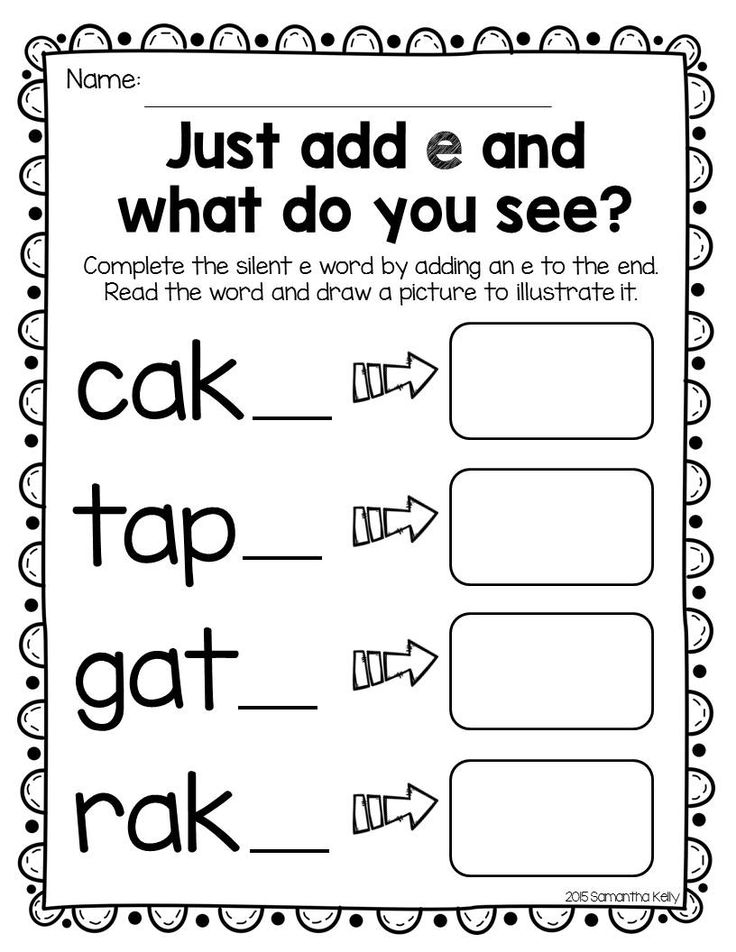 In general, your child understands more words than they can use.
In general, your child understands more words than they can use.
Your child will use a lot of nouns – for example, ‘baby’, ‘friend’ or ‘car’. You’ll hear other word types too, including:
- verbs – for example, ‘play’, ‘go’
- adjectives – for example, ‘wet’, ‘sore’
- pronouns – for example, ‘I’, ‘you’
- location words – for example, ‘in’, ‘on’.
Your child will start using words like ‘more’ and ‘most’, as well as words that make questions, like ‘who’, ‘what’ and ‘where’.
And your child will start to say ‘me’, ‘mine’ and ‘you’. By three years, you child will understand the difference between ‘mine’ and ‘yours’.
Sentences and grammar in language development
As part of language development, your child will begin to use two-word sentences at around two years. By age three, they’ll be able to use sentences with three or more words – for example, ‘Mummy get in car’ or ‘Me go too’.
You’ll start to hear grammar and more structured sentences. For example, instead of ‘I go’, your child might say ‘I’m going’. You’ll also hear your child use the past tense – for example, ‘walked’, ‘jumped’. And they’ll start using plurals like ‘cats’ or ‘horses’.
For example, instead of ‘I go’, your child might say ‘I’m going’. You’ll also hear your child use the past tense – for example, ‘walked’, ‘jumped’. And they’ll start using plurals like ‘cats’ or ‘horses’.
Your child might not always get it right when they use plurals and past tense. For example, your child might say ‘foots’ for ‘feet’, or ‘goed’ instead of ‘went’.
Understanding and language development
Language development includes your child understanding more of what’s said to them and how it’s said. Your child will understand a lot more than they can say.
Your child will understand one-step and two-step instructions, as long as they’re about things they already know – for example, ‘Pick up your toys and put them in the box’. They might still find it hard to follow instructions about unfamiliar objects or tasks.
Your child will begin to answer questions from adults about ‘who’, ‘what’ and ‘where’, but they might not yet understand how to answer ‘why’ and ‘how’ questions.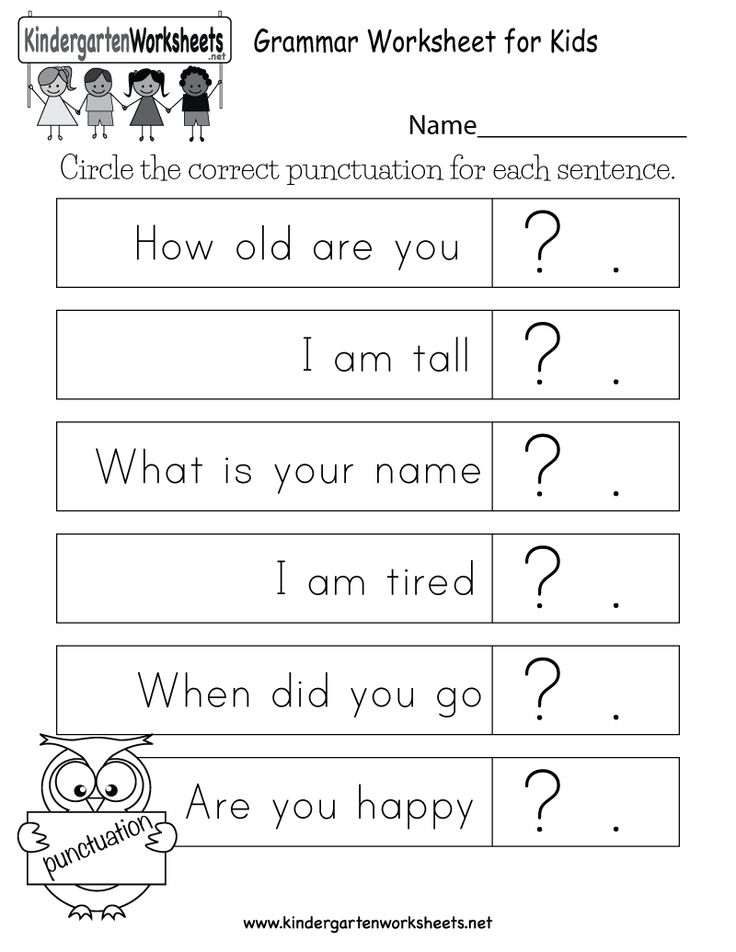
Your child can tell from the tone of your voice if you’re happy, affectionate or angry.
Pronunciation in language development
By three, your child will use most of the speech sounds in their words, but they might still pronounce words differently from adults. For example, even though your child can say the sounds ‘b’ and ‘l’, they might have trouble combining them together in ‘blue’. Some difficult sounds, like ‘z’, ‘sh’, ‘f’, ‘v’, ‘r’, and ‘th’, might still be hard for your child to say.
When your child is two years old, unfamiliar people can usually understand about half of what your child says. By the time your child is three years old, unfamiliar people can usually understand about three-quarters of what they’re saying.
Developing conversation skills
Your child will start to get the hang of speaking in turn, and might be able to have a short conversation with you.
Your child will talk about things that have happened during the day.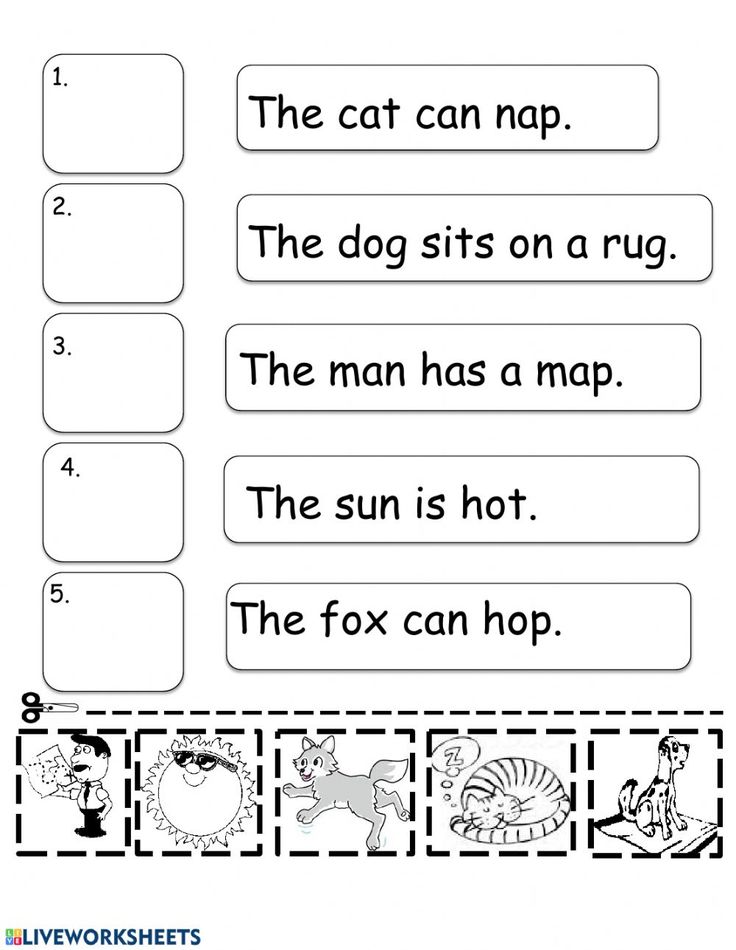 With your help, they might be able to put together a simple story – for example, your toddler might say ‘I go shop’. You might respond, ‘And what did you do at the shop?’ They’ll reply ‘Buy bread’. By age three, they might be able to tell a simple ‘made-up’ story based on experiences they’ve had, but they’ll probably leave out a lot of detail.
With your help, they might be able to put together a simple story – for example, your toddler might say ‘I go shop’. You might respond, ‘And what did you do at the shop?’ They’ll reply ‘Buy bread’. By age three, they might be able to tell a simple ‘made-up’ story based on experiences they’ve had, but they’ll probably leave out a lot of detail.
Your child will talk about people and objects not present – for example, ‘Grandma at the shops’, ‘My ball in tree’.
And your child will start talking the same way you or other close adults talk. You might even hear your child say certain things the way you do.
At this age, your toddler might cry less than they used to when they can’t do something or feel frustrated. That’s because your child can use their words to explain the problem and ask for help.
Play and language development
Your child will be able to play and talk by age three. For example, they might give voices to the toys they’re playing with. They’ll also begin to play in groups with other children, sharing toys and taking turns.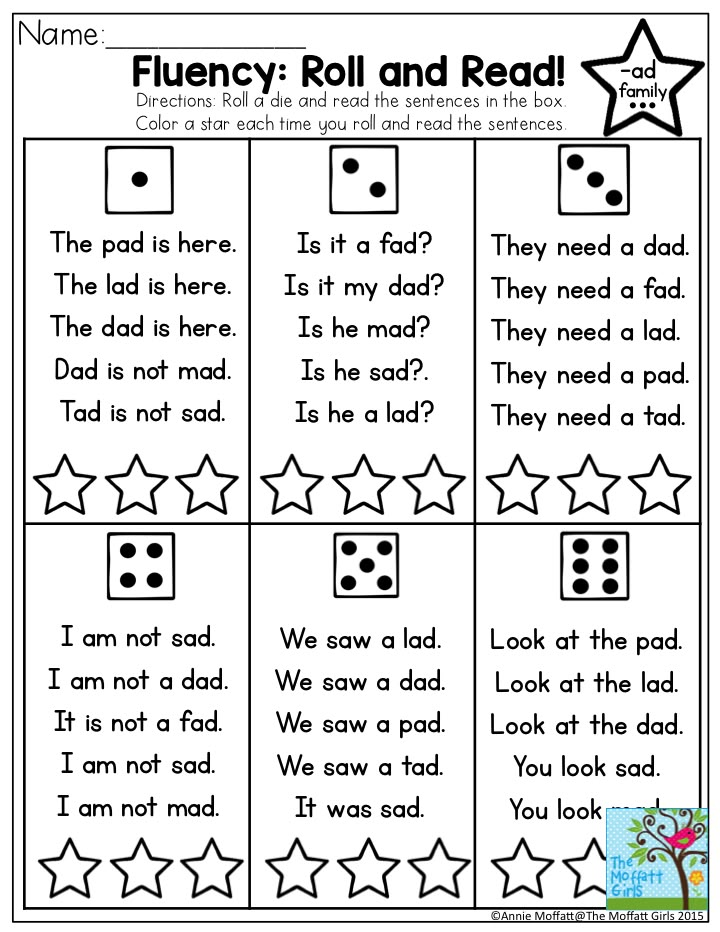
You might hear your child playing with language through rhyming, singing and listening to stories. They’ll also talk to themselves and might use a very loud or soft voice when speaking.
Growing up in a bilingual or multilingual family doesn’t affect how early or quickly children learn to use language. Sometimes multilingual or bilingual children mix their languages for a while, but this stops once they understand that they’re using more than one language.
When to get help for language development
If you notice any of the following signs in your child, or you’re worried about your child’s language development, it’s a very good idea to see your child and family health nurse, GP or paediatrician.
Your child:
- isn’t using words to communicate
- is often hard to understand when they’re talking to you, family or friends
- has stopped using a language skill they once had.
Your health professional might refer you to a speech pathologist.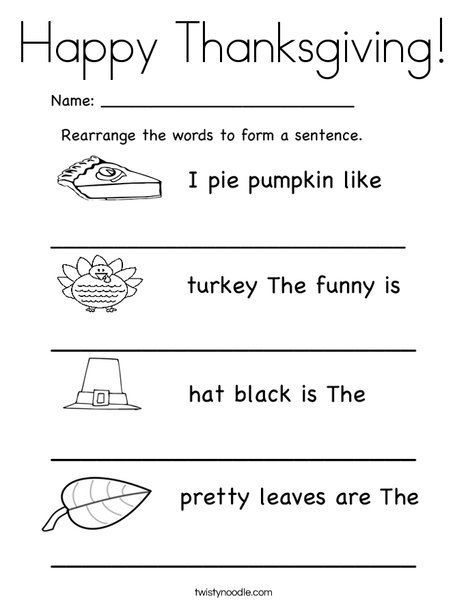
Children learn new skills over time and at different ages. Most children develop skills in the same order, and each new skill they learn builds on the last. Small differences in when children develop skills are usually nothing to worry about.
First offers. Your baby from birth to two years old
First offers. Your baby from birth to two yearsWikiReading
Your baby from birth to two years old
Sears Marta
Contents
First offers
The child's first phrases and sentences resemble a mean telegram or today's newspaper headlines - only nouns or only nouns and action verbs, such as "Bye, bibika." “Bye” is associated in a child with leaving the house (because you say so when you leave), and “bibika” with a moving object that takes him from one world to another. The child may even begin two-word sentences with "I", such as "I'm going.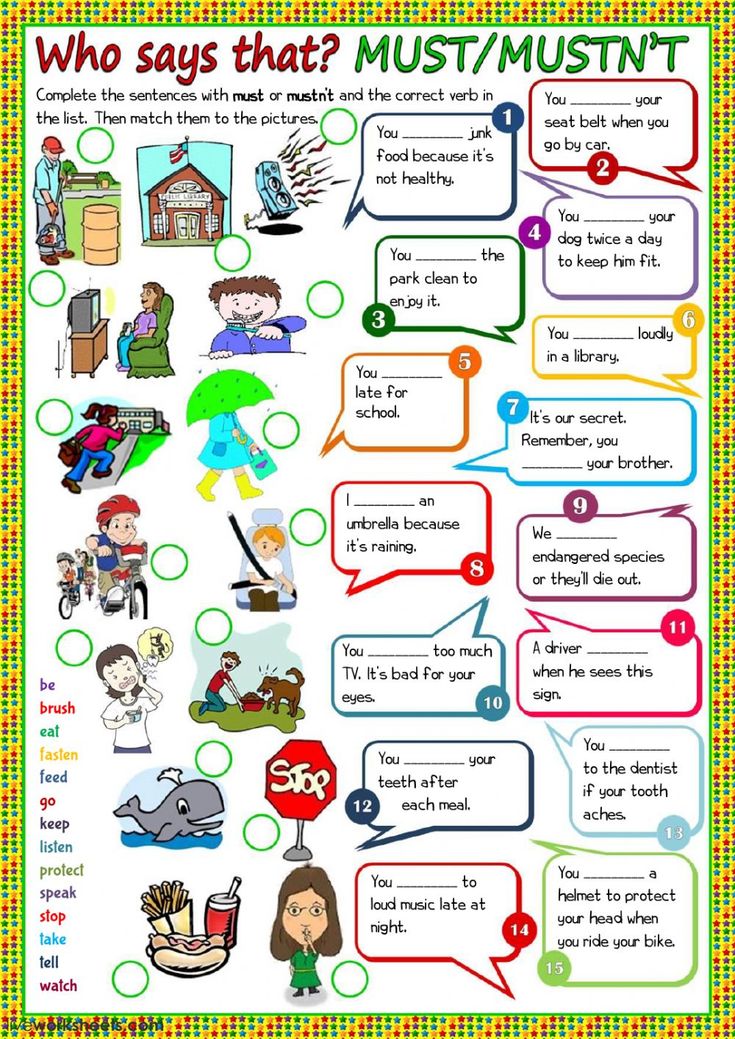 " By this construction, his conversational skills enable him to express desire in the first person, and he has in his hands a tool with which he can use the adults around him as sources of help to satisfy his desires. Once I was playing with Matthew, kissing his feet and toes. When I stopped, he looked at me and said: "More ... kiss ... fingers." The kid gives out a skeleton of a complete sentence and allows the interlocutor to insert the missing words.
" By this construction, his conversational skills enable him to express desire in the first person, and he has in his hands a tool with which he can use the adults around him as sources of help to satisfy his desires. Once I was playing with Matthew, kissing his feet and toes. When I stopped, he looked at me and said: "More ... kiss ... fingers." The kid gives out a skeleton of a complete sentence and allows the interlocutor to insert the missing words.
This text is an introductory fragment.
First teeth
First teeth Most babies start teething at this age. There is no exact date for the appearance of the first teeth. For some it is the 4th month, for others it is the 10th, it mainly depends on heredity. Ask your parents when you got your first tooth,
Stage 4 Reading offers
Stage 4 Reading offers For the game "Make a phrase" write on the cards the words in different grammatical forms.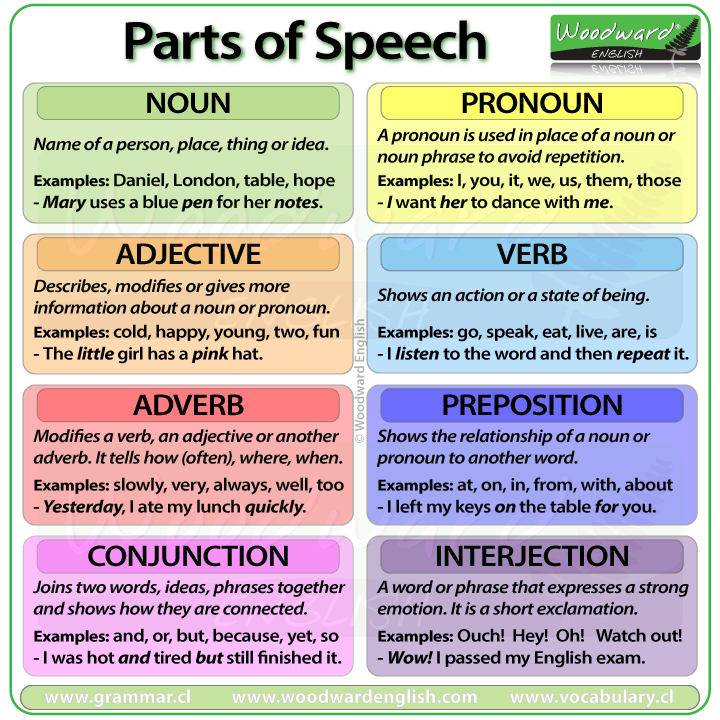 Invite the child to choose the right words and put them next to each other. For example: NEW DRESS IT'S TIME NEW YEAR CAME CHILDREN NEW TOY ARRIVED
Invite the child to choose the right words and put them next to each other. For example: NEW DRESS IT'S TIME NEW YEAR CAME CHILDREN NEW TOY ARRIVED
Stage 4 Reading simple sentences
Stage 4 Reading simple sentences Having mastered phrases, the child will easily move on to simple sentences. By this time, he probably knows how to read at least 70-100 words. From them you can easily compose simple phrases. For example: MOTHER IS GOING, THE CAT IS SLEEPING, MASHA RUNS. There are two
First difficulties
First difficulties Unfortunately, primiparous mothers often do not know how to breastfeed, and there is no one to learn from them. The previous few generations of women who "actively participated in the building of socialism", with rare exceptions, weaned their babies from their breasts immediately after graduation
First shoes
First shoes You will get the first shoes for the crumbs long before he starts walking.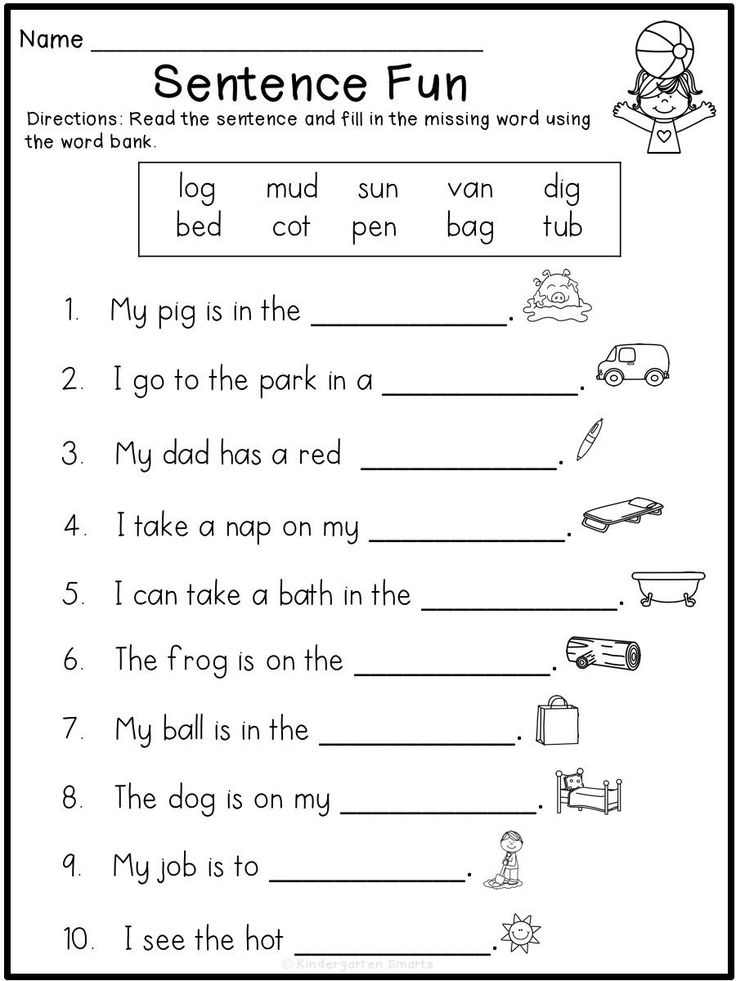 As soon as the baby stands on its feet, the position of the body in space changes, the load on the spine and joints is redistributed, and the load on the feet increases. Came
As soon as the baby stands on its feet, the position of the body in space changes, the load on the spine and joints is redistributed, and the load on the feet increases. Came
First 30 seconds
First 30 seconds After you have been asked a question, give yourself 30 seconds to think about the answer - then it will sound more balanced, and the subconscious mind will have time to process millions of ideas. The habit of taking a short pause before answering will improve the quality many times over
Reading simple sentences
Reading simple sentences Glen Doman offers two ways to teach your child to read simple sentences. Method 1 Using your 10x45 cm cards, make a set of 5 sentences. You will have to reduce the font size to fit 2-3 words on the card.
Reading common sentences
Reading common offers By this stage, your child is already able to read complete sentences that express a complete thought.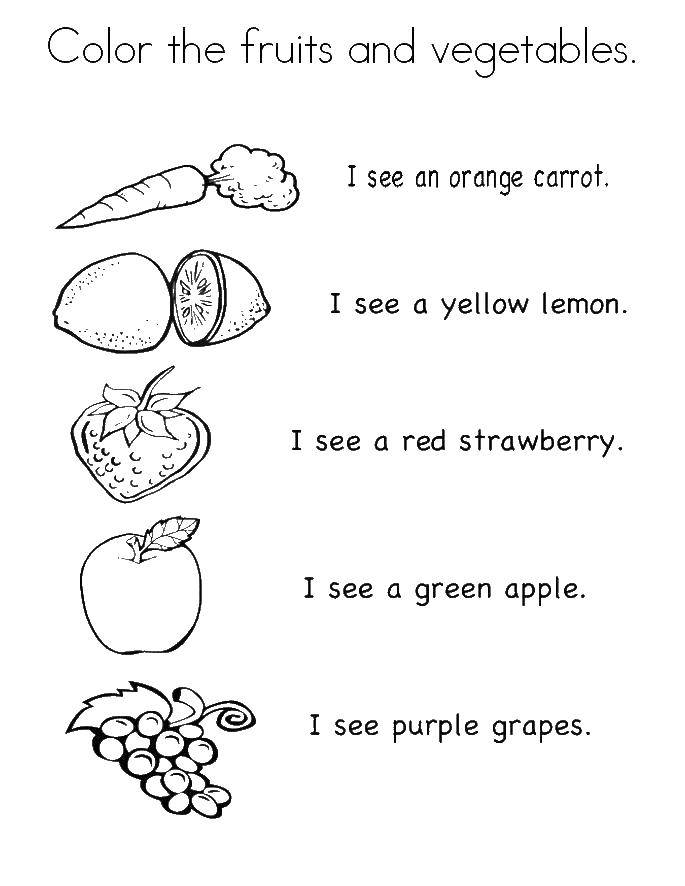 At this stage, it is necessary to increase the number of words in a sentence. If before that you chose from 5 nouns and 5 verbs one by one
At this stage, it is necessary to increase the number of words in a sentence. If before that you chose from 5 nouns and 5 verbs one by one
First steps
First steps Babies usually make their first attempts to stand on their feet at about 10-12 months of age. Some parents see gradual progress as a result of these efforts literally day by day. Others, looking into the room to make sure that everything is in order with their "slider", suddenly
Your suggestions do not fit his type
Your offers don't suit his type We have already talked about the types of our eaters, so think about it, maybe you are offering your baby something that is completely incompatible with his type. If you want your butt to swallow lunch because you're late for something,
First loves
First loves Introverts, immersed in themselves and their experiences, are not very fond of revealing their innermost feelings to others.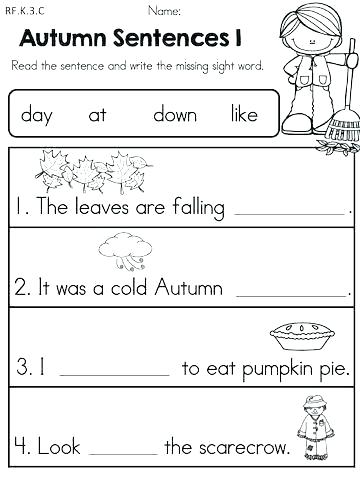 They start dating later than extroverts, in part because they are less influenced by their peers. Dangers in
They start dating later than extroverts, in part because they are less influenced by their peers. Dangers in
First impressions
First sensations Imagine for a moment how your child feels during this first meeting. Having provided your child with a soft transition from the inner womb to the outer womb of your skin, hands, chest, you teach the child that grief always follows joy; what a world
First movements
First movements Watch your tiny bundle curled up in the cradle. So serene, so calm. It's hard to believe this is the same baby that was flailing around and kneeling in your stomach. Here he is awake - turn him over and look at him
First trips
First campaigns At about eight or nine months of age, babies lean against furniture only for balance, not for support.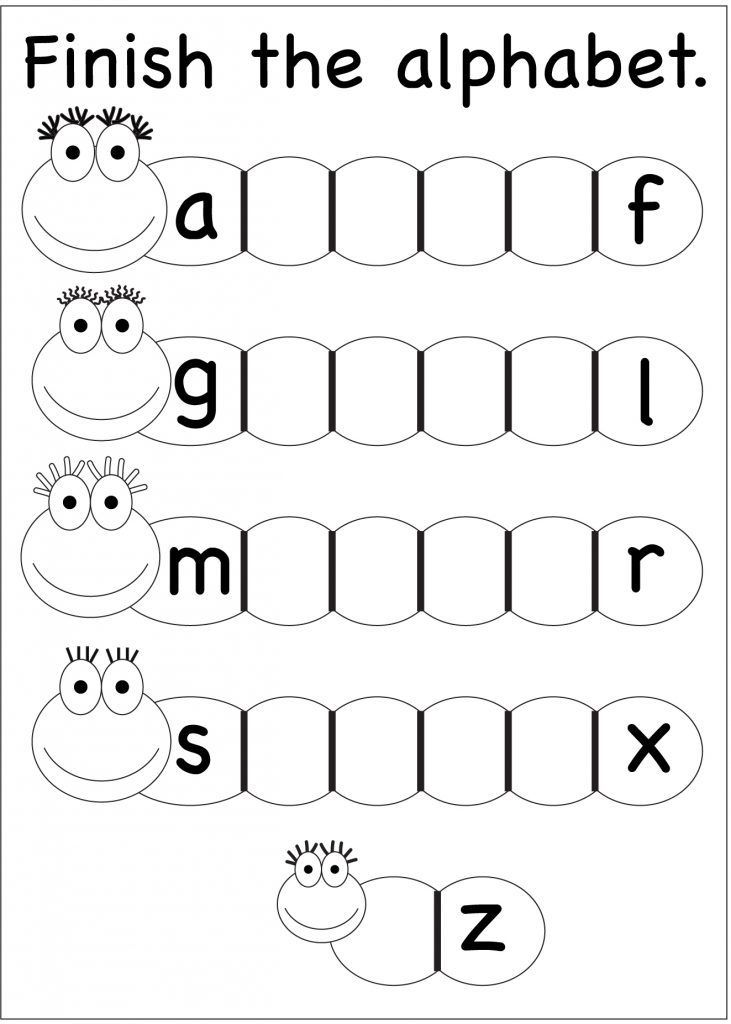 The child then begins to walk around furniture, such as a sofa or coffee table top. Finally, the child tries
The child then begins to walk around furniture, such as a sofa or coffee table top. Finally, the child tries
First words
First words Many children at this stage of development do not say as many new words, perhaps because they devote most of their energy to walking skills. As soon as the child masters the steps, they begin to beat the key of the word. By 15 months, the average child can read
20 texts for children aged 5-6-7-8 to read
A child who has learned to put sounds into syllables, syllables into words, and words into sentences needs to improve their reading skills through systematic training. But reading is a rather laborious and monotonous activity, and many children lose interest in it. Therefore, we offer texts of small size , the words in them are divided into syllables.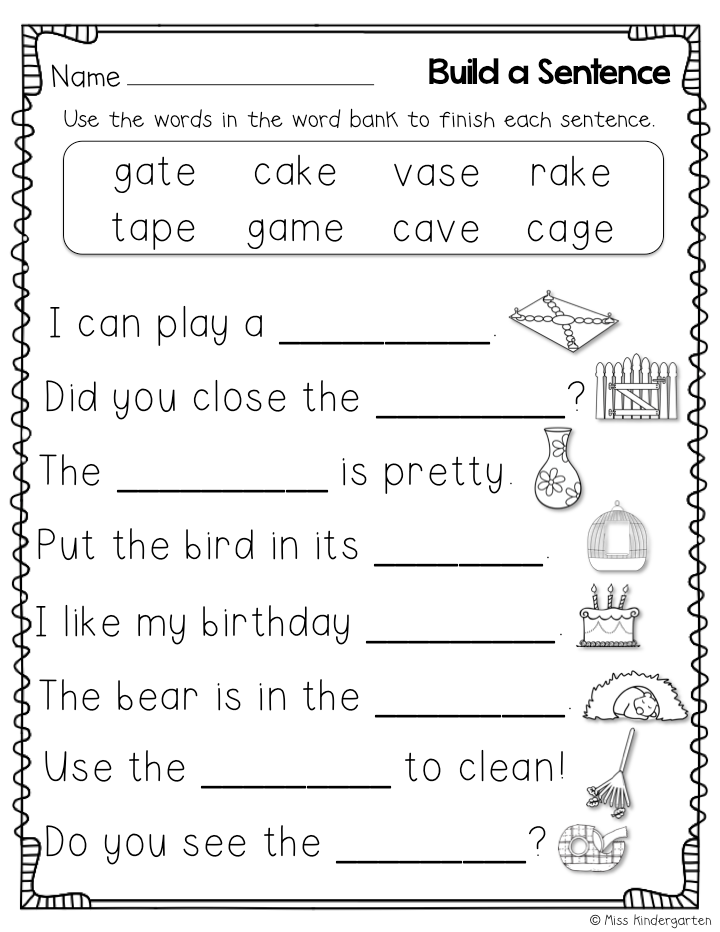
First, read the work to the child yourself, and if it is long, you can read its beginning. This will interest the child. Then invite him to read the text. After each work, questions are given that help the child to understand what they have read and comprehend the basic information that they have learned from the text. After discussing the text, suggest reading it again.
Mo-lo-dets Vo-va
Ma-ma and Vo-va gu-la-li.
In-va ran and fell.
It hurts no-ha, but Vo-va does not cry.
Wow!
B. Korsunskaya
Answer questions .
1. What happened to Vova?
2. What made him sick?
3. Why is Vova doing well?
Clever Bo-beak
Co-nya and co-ba-ka Bo-beak gu-la-li.
So-nya played-ra-la with a doll.
That's why So-nya in-be-zha-la to-my, and the doll for-would-la.
Bo-bik found a doll-lu and brought it to So-ne.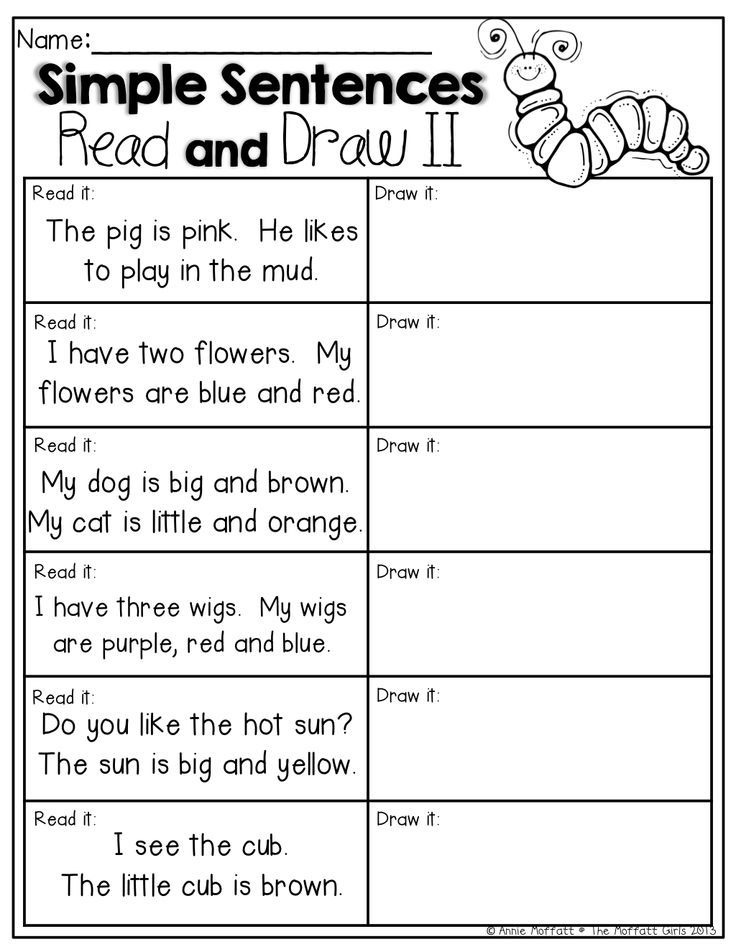
B. Korsunskaya
Answer the questions.
1. Who did Sonya walk with?
2. Where did Sonya leave the doll?
3. Who brought the doll home?
The bird made a nest on a bush. De-ti our nest-up and took off on the ground.
- Look, Vasya, three birds!
In the morning, de-ti came, and the nest-before it was empty. It would be a pity.
L. Tolstoy
Answer questions.
1. What did the children do with the nest?
2. Why was the nest empty in the morning?
3. Did the children do well? How would you do?
4. Do you think this work is a fairy tale, a story or a poem?
Pete and Mi-shi had a horse. They began to argue: whose horse. Did they tear each other apart.
- Give me - my horse.
- No, you give me - the horse is not yours, but mine.
Mother came, took a horse, and became nobody's horse.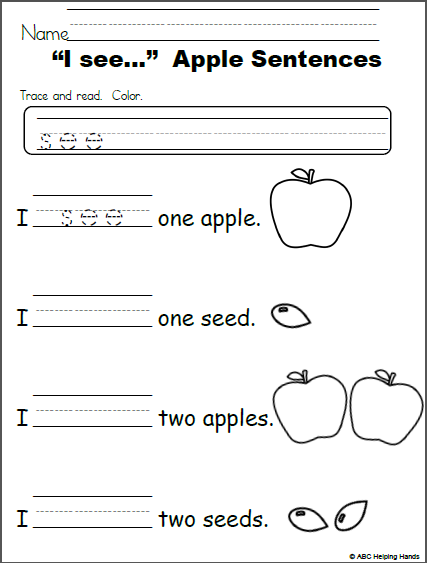
L. Tolstoy
Answer the questions.
1. Why did Petya and Misha quarrel?
2. What did mother do?
3. Did the children play horse well? Why do you think so
?
9000 9000 9000
000 0002
9000
FILVOVORDS for the development of reading, attention SKAY here.
It will be interesting for children to read selected texts, they affect the emotional world of the child, develop his moral feelings and imagination . Children will get acquainted with the works of L. Tolstoy, K. Ushinsky, A. Barto, S. Mikhalkov, E. Blaginina, V. Bianchi, E. Charushin, A. Usachyov, E. Uspensky, G.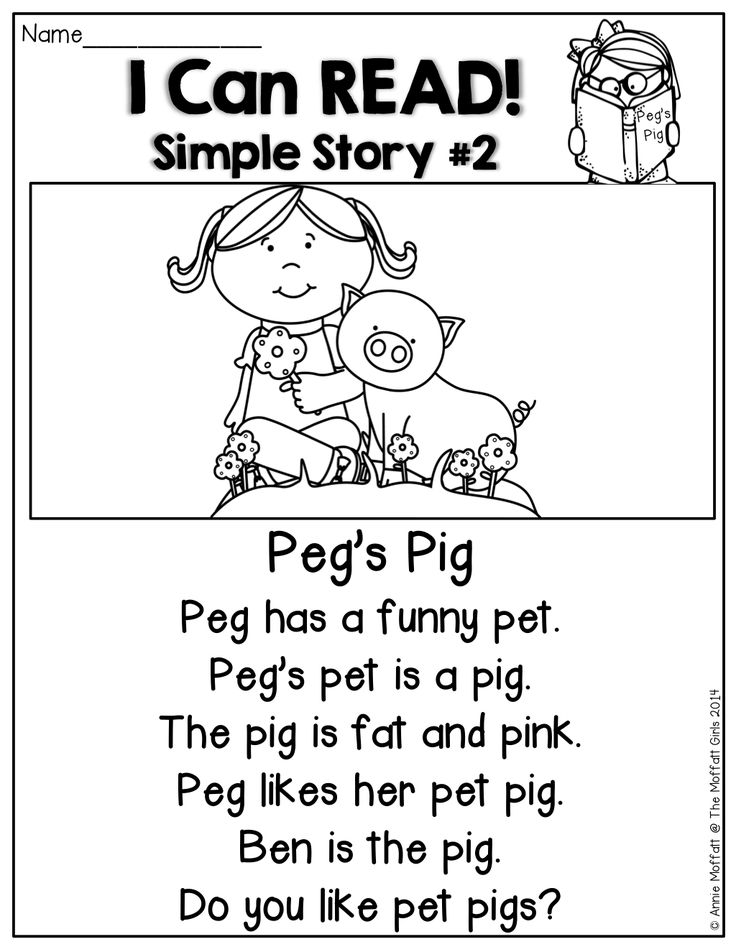 Snegiryov, G. Oster, R. Rozhdestvensky, as well as fairy tales of different nations.
Snegiryov, G. Oster, R. Rozhdestvensky, as well as fairy tales of different nations.
It is advisable to show children the genre features of poems, stories and fairy tales using the example of these works.
Fairy tale is a genre of oral fiction that contains events unusual in the everyday sense (fantastic, wonderful or worldly) and is distinguished by a special compositional and stylistic construction. In fairy tales there are fairy-tale characters, talking animals, unprecedented miracles happen.
Poem is a short poetic work in verse. The verses are read smoothly and musically, they have rhythm, meter and rhyme.
Story — small literary form; a narrative work of small volume with a small number of characters and the short duration of the events depicted. The story describes a case from life, some bright event that really happened or could happen.
In order not to discourage reading, do not force him to read texts that are uninteresting and inaccessible to him.